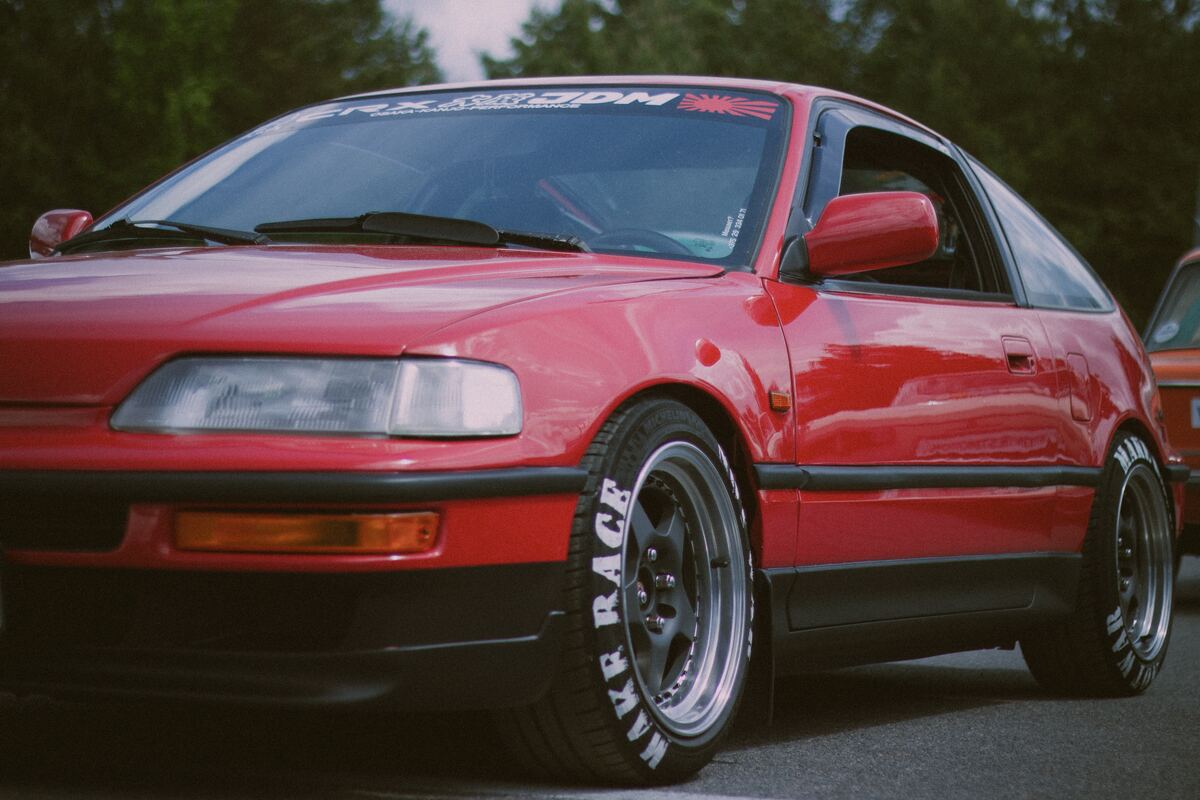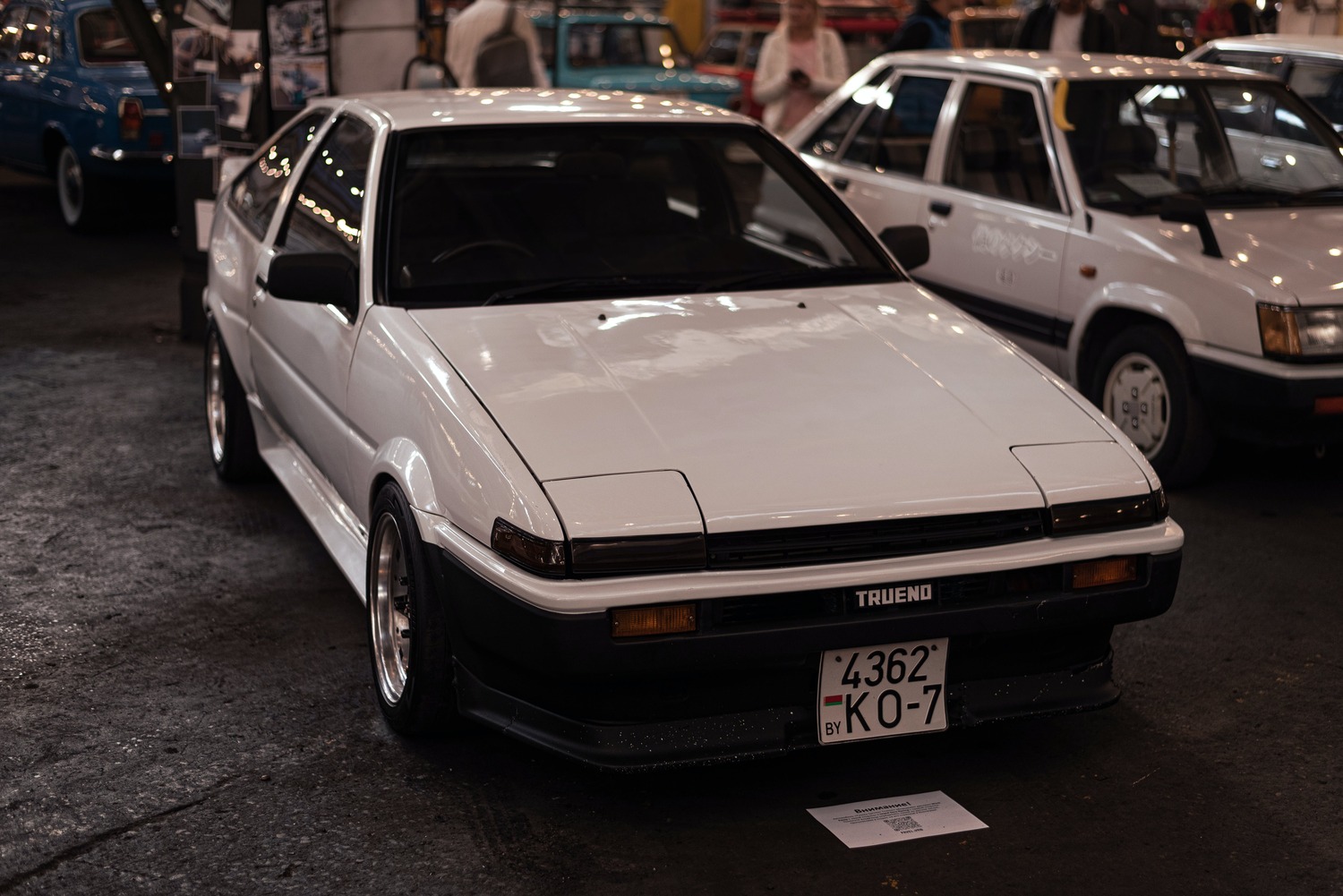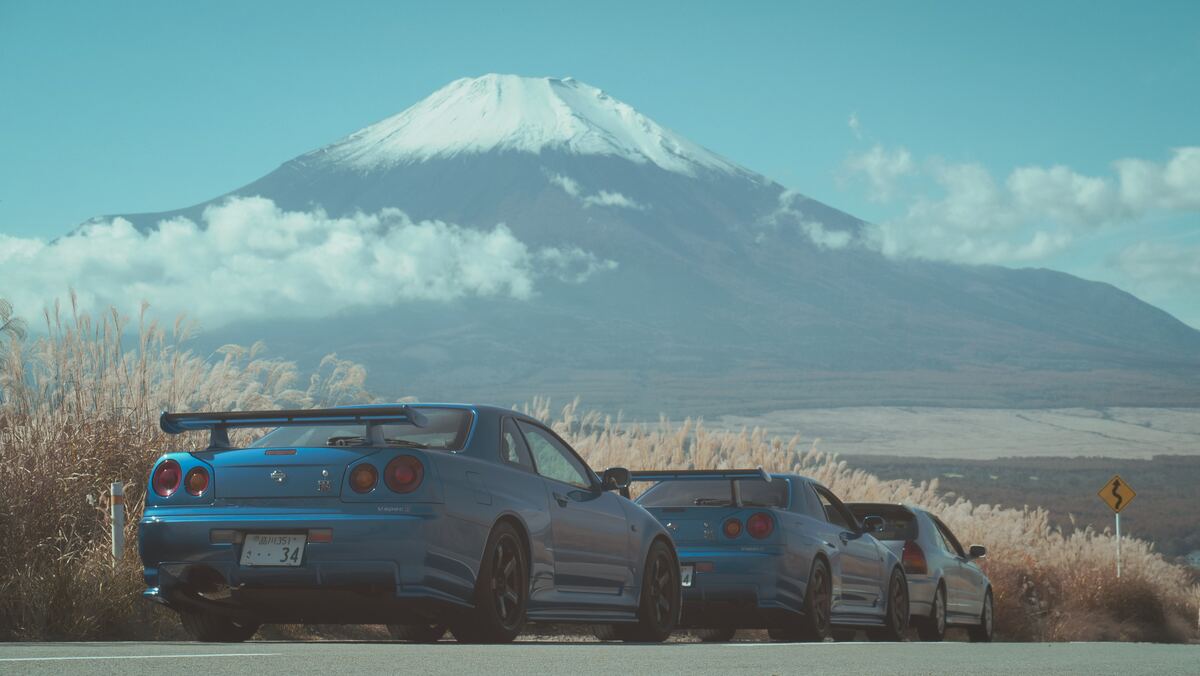What Cars Are JDM?
Car enthusiasts know Japanese Domestic Market cars as JDMs. All JDMs have been designed and built for the Japanese market and are unavailable in other countries. The younger generation has helped shine a light on these cars and propel them into the spotlight for the JDM’s customization and tuning capabilities.
In Japan, you’ll find a wide range of sports cars and compact cars that are primarily sold there, including the following vehicles:
- Nissan Skyline GT-R
- Toyota Supra
- Mitsubishi Lancer Evolution
- Subaru Impreza
- Honda NSX
- Mazda RX-7
These cars are high-performance sports cars developed by Japanese automakers and are considered representative models of Japanese automobile culture. Owning a JDM car can be a status symbol, especially in regions like the United States, with a “25-year regulation” restricting their import.
The Benefits of Buying a JDM Car
Performance
Japanese automakers have consistently led the world in technological innovation despite various regulations and restrictions, such as dimensions, displacement, and environmental measures. For instance, Japanese car technology excels in turbo engines and four-wheel drive innovations. Even though owning a JDM car in the United States typically requires waiting 25 years since its production, many car enthusiasts find the quarter century wait something they’re willing to do because of the quality of these cars and their desire to own one.
Design
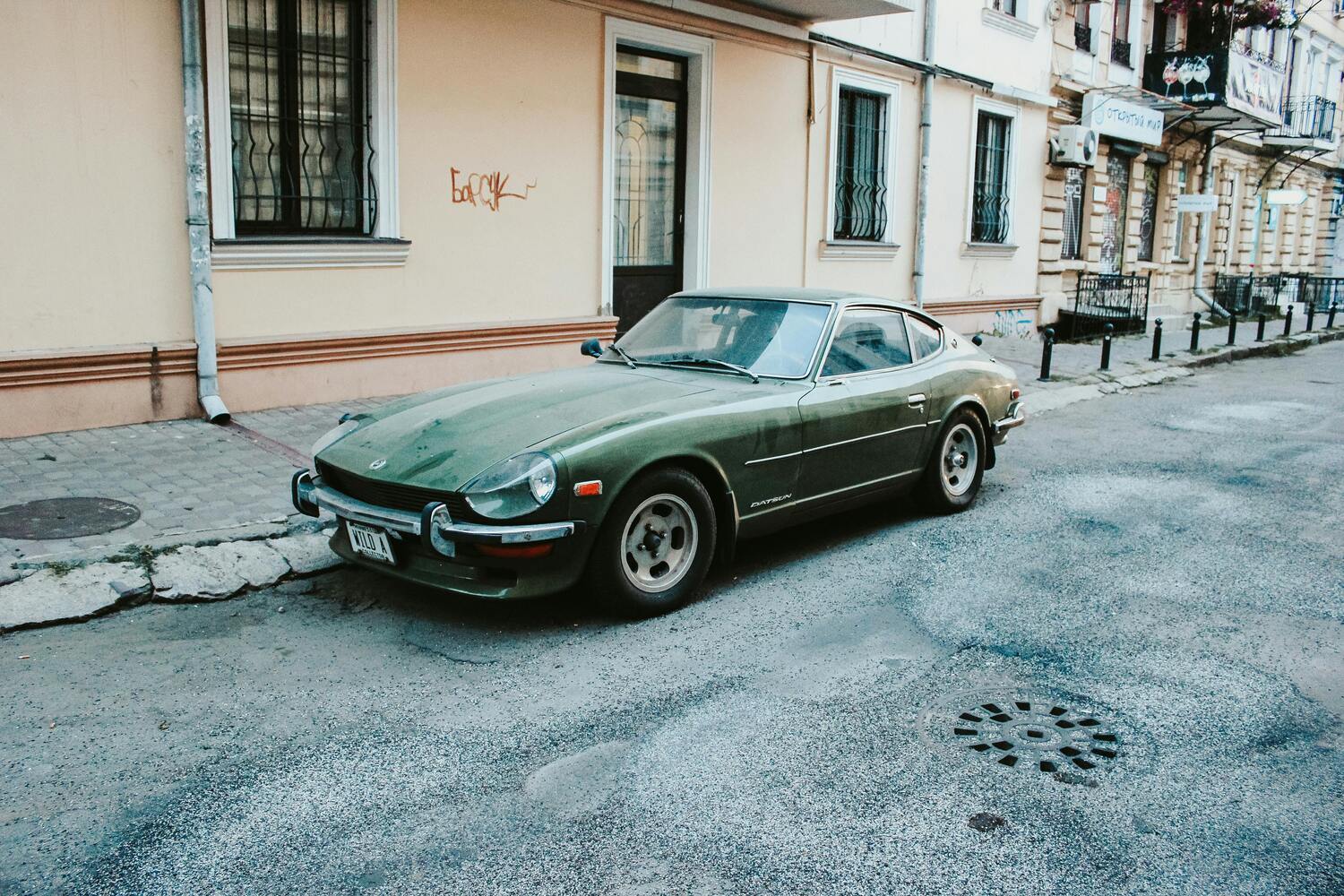
Japanese car designs have seen many trends, from the space age 1970s wedge shapes with retractable headlights to the smooth aerodynamic bodies in the 1980s and 1990s. Because of the frame regulations in Japan, it has been a challenge for manufacturers to develop a unique design around these physical size constraints. However, they not only managed but excelled at it.
Rarity
JDM cars are not commonly found on the market, meaning there are fewer and fewer of them every day. Since they are subject to regulations in other countries, importing them has been challenging due to the difference between the laws in Japan and other countries. As the years go by and the U.S. car enthusiasts wait for their favorite car to turn 25, the available units in Japan decrease. The ones that have survived may have been entirely restored by Japanese owners, which helps keep the unit numbers up. Many of these cars initially had limited production runs, so the remaining car numbers could be small.
Good Condition
JDM cars are often well-maintained compared to similar-year cars. Why is this the case? One reason is that Japanese law mandates regular vehicle inspections. For typical passenger cars, the first inspection is required three years after the initial registration of a new vehicle.
Subsequently, inspections occur every two years to ensure roadworthiness. Failure to pass these inspections means the vehicle is not allowed on the road. Owners usually perform other maintenance tasks alongside these inspections, like replacing aging engine components. This culture of regular inspection and maintenance contributes to the availability of JDM cars in good condition. Of course, not all JDM cars are equally well-maintained, so it’s advisable to purchase from a reputable and reliable seller with a solid maintenance history.
Tuning and Customization
JDM cars offer opportunities for modification through tuning and customization. These cars can be modified for more power while staying road-legal, and many enthusiasts also indulge in unique styling using aerodynamic parts. There may be quite a few tuners and customizers in the United States; however, Japan is the home of world-famous turners and customization manufacturers. The Tokyo Auto Salon is a festival just for those who customize and tune cars where car enthusiasts can come and explore the latest in performance and custom aftermarket parts.
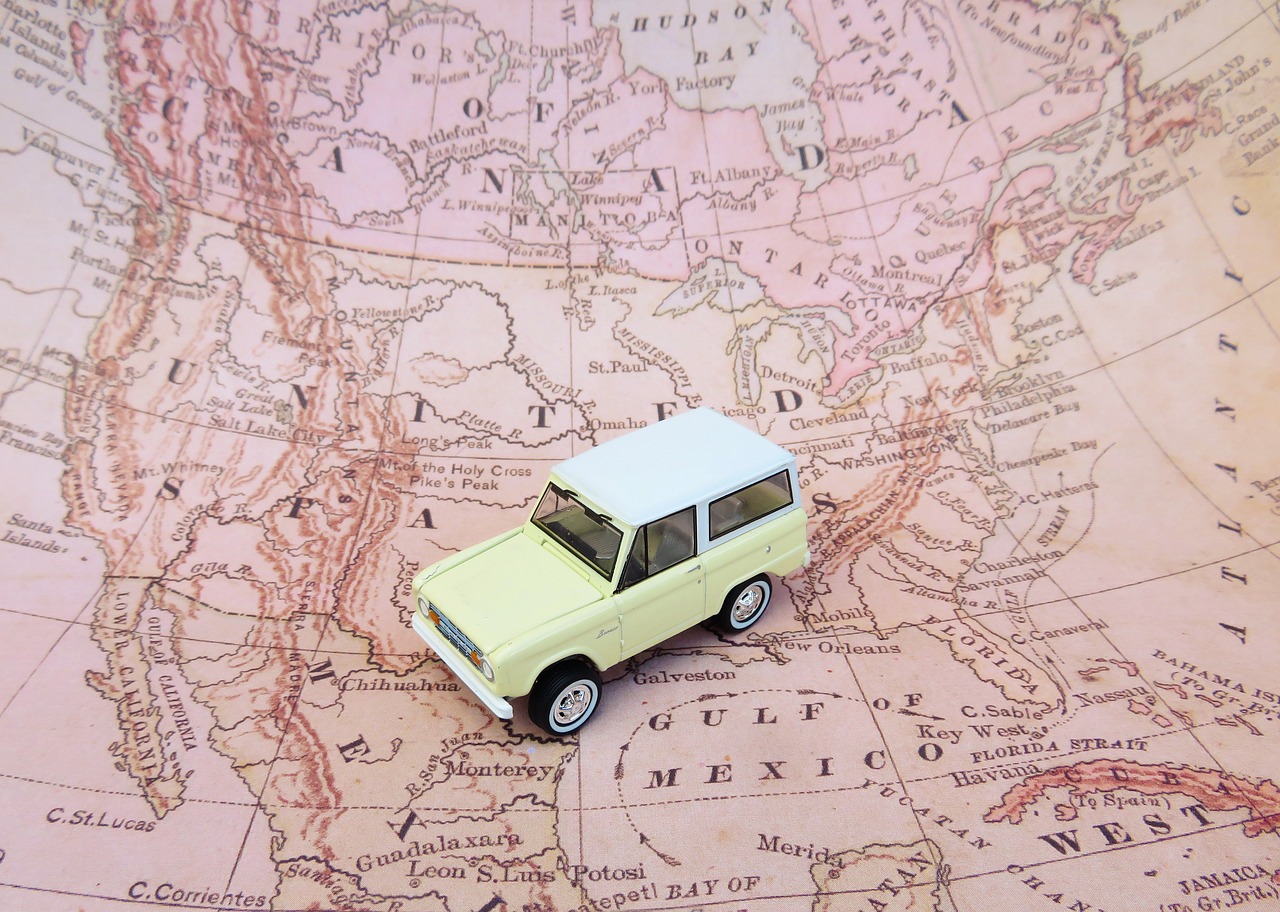
What Are the Import Regulations for JDM Cars?
Because of the U.S. 25-year rule, the only JDM cars that can be legally imported are anything 1998 and older as of 2023. These cars will clear customs and can be driven on U.S. roadways. The United States implemented this regulation to protect the American car industry from a flood of inexpensive overseas cars.
It’s not just the JDM cars, either. This rule is in effect for any cars worldwide, meaning no European or U.K. cars.
Is It Difficult to Drive with Right-Hand Steering?
When considering the purchase of a coveted JDM car, there are some concerns to keep in mind. JDM cars are optimized for Japanese roads, which can lead to some confusion when driving them in countries with different road layouts.
The most significant difference is the placement of the steering wheel. In Japan, the steering wheel is on the right side because they drive on the left side of the road. This arrangement is the reverse of what is common in many countries, including the United States. Countries that adopt left-hand traffic include Japan, the United Kingdom, Australia, New Zealand, Thailand, Indonesia, Jamaica, South Africa, and Kenya.
So, what challenges might you face when driving a right-hand drive car in a left-hand driving country?
Careful checking of surroundings is necessary when making left and right turns at intersections.
Operating a right-hand drive car with the same awareness as a left-hand drive vehicle can lead to misjudging distances. Additionally, the field of view in the side mirror is different, so it’s important to steer while closely monitoring the rear and sides.
When parking on the side of the road, you may need to exit onto the roadside.
In the case of left-hand drive cars, you can exit onto the sidewalk, but with a right-hand drive, you must exit onto the roadside, taking care not to come into contact with other cars or bicycles. Furthermore, the sidewalk may be elevated when approaching the shoulder, potentially causing damage to the wheels and tires. This can be addressed by using a camera that reflects the side of the vehicle or becoming more sensitive to the vehicle’s width, as it’s challenging to directly see the right side.
Since you’ll be exiting the car from the right-hand side, when pulling alongside a curb, you will need to watch your distance from the edge of the curb. If you don’t judge the distance correctly, the bottom door edge could hit the curb and cause paint or body damage. By using a side camera, you may be able to avoid parking too close, but in most cases, it will take practice to find the right amount of space to give yourself between the curb and the car to eliminate damage. If you’re used to left-hand drive and stepping out into the road when exiting your vehicle, this may take a little getting used to.
Receiving tickets and paying for parking can be more challenging.
Many parking lots provide tickets for left-hand drive vehicles, which can be inconvenient for right-hand drive car owners. Paying at the exit can also be complicated, requiring the driver or passenger to exit the vehicle to settle the fee. However, if the garage or lot offers the option to digitally pay or pay at a kiosk via your license plate, you can avoid trying to pay at the gate. These challenges can be overcome with practice, and they shouldn’t deter you from owning a right-hand drive JDM car.
Safety and Emissions Concerns for JDM Cars
While modern cars face scrutiny for safety and environmental performance, JDM cars are no exception. Although they met Japanese standards when sold, many of these vehicles do not meet current standards. In the United States, legal standards may vary from state to state, with environmental performance standards being particularly stringent.
In the United States, emissions tests adhere to federal and state standards, depending on where you live. Federal standards are set by the Environmental Protection Agency (EPA) and limit greenhouse gasses and toxic substances.
State standards, such as those established by the California Air Resources Board (CARB), can be even more stringent than EPA standards. States that adopt CARB’s standards include California, Connecticut, Delaware, Maine, Maryland, Massachusetts, New Jersey, New Mexico, New York, Oregon, Pennsylvania, Rhode Island, Vermont, and Washington as of 2023.
If your JDM car doesn’t meet these standards, modifications such as installing emission control devices, adjusting the fuel injection system, or tuning the ignition may be necessary. These modifications can be expensive and may potentially affect the car’s original performance.

JDM Cars Can Be Difficult and Expensive to Source
While Japanese cars are generally known for their reliability, it doesn’t mean they’re immune to wear and tear. Some parts naturally wear out over time and with mileage. JDM cars, especially those over a quarter-century old in the United States, face sourcing challenges.
In Japan, unless there’s a special contract between the automaker and the parts manufacturer, genuine parts are supplied for up to 10 years after a car’s production ends. In some cases, genuine parts for cars that are 30 years old are still available. However, finding parts for cars over 20 years old in Japan can be challenging. This challenge intensifies for models with limited production runs or those that haven’t seen an increase in production.
So, what’s the situation in the United States? If you can’t find parts in Japan, you may have better luck if the part was produced outside of Japan. However, some genuine parts may not match the country’s specifications, leading to potential legal issues even if the part numbers are the same.
Enthusiasts often take matters into their own hands and manufacture parts independently. While not genuine, these custom parts can be more reliable or better suited to the user’s needs due to these customizations.
For larger models, salvaging parts from scrapped cars can be an option. Transmissions, alternators, compressors, and more may be available as rebuilt products.
If you’re determined to get genuine JDM car parts in the United States, be prepared to invest time and money. Establishing connections with trustworthy shops or fellow enthusiasts who own the same model can be valuable for sharing information on hard-to-find parts and suitable alternatives.
Just Because It’s a JDM Car It Doesn’t Mean It’s a Sports Car
When people think of JDM cars, sports cars like the Skyline, Supra, Lancer Evolution, Impreza, and NSX often come to mind. However, there are many other appealing JDM cars to explore.
For instance, the Toyota Land Cruiser has been appreciated worldwide for over 70 years as a top-class 4WD for off-road adventures. Mitsubishi Pajero and Nissan Safari (Patrol) have made their mark in rally raids, and the Suzuki Jimny boasts impressive off-road capabilities despite its compact size.
In the luxury sedan category, the Toyota Century and Nissan President exude craftsmanship and high-quality features. The Honda Legend strives to merge technological advancements with luxury.
Don’t forget the Japanese minivan segment, with leaders like the Toyota Alphard and Vellfire. These passenger one-box vehicles offer a luxurious travel experience like high-end sedans.
Additionally, the Toyota Hiace is popular with anyone that needs a roomy van for their equipment or supplies like carpenters, plumbers, and other trades. It’s a nimble workhorse able to navigate the streets of Japan.
JDM cars encompass a diverse range of vehicles beyond sports cars, each with its own unique appeal.
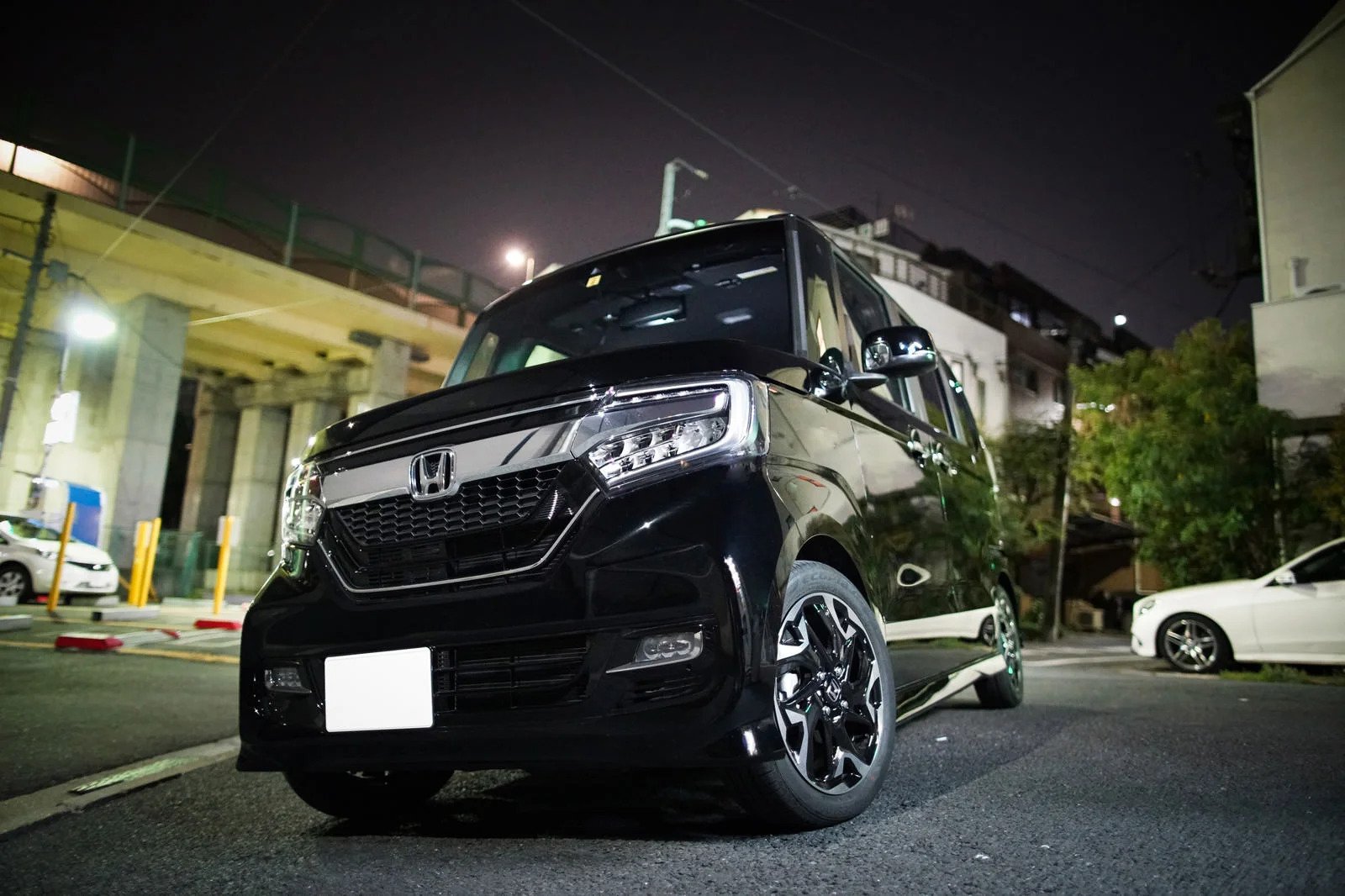
The Kei-Car Category in Japan Has Its Own Appeal
Japanese cars adhere to their own set of standards, including a category known as “kei-cars” or mini cars. Kei-cars have smaller engine displacements than regular passenger vehicles and compact body sizes. Their speedometers typically max out at 140 km/h / 86 mph.
The kei-car movement began with engines as small as 360cc and has since expanded to 550cc and 660cc. While they may seem diminutive, some turbocharged kei-cars can produce up to 64 horsepower, hitting the upper limit of the category’s performance.
Most kei-cars have one-box body designs, but there are exceptions, like the Honda Beat and Suzuki Cappuccino, popular two-seater sports cars. The former featured rear-wheel drive with a midship engine, while the latter boasted rear-wheel drive with a front engine. Both were popular as super-compact sports cars. Although these models are no longer in production, the Honda S660 was introduced from 2015 to 2022 as a successor to the Beat.
Suzuki Alto Works is another noteworthy kei-car with a reputation for sport driving. This lightweight and compact hatchback packs a punch with its powerful turbo engine, offering performance comparable to conventional small sports cars.
Kei-cars may have small engine displacements, but their lightweight design results in impressive driving performance. They deliver dynamic driving that defies their cute, compact exteriors as you zip through the mountain roads. The uniqueness of Japan’s kei-car standards is a distinguishing factor worth noting.
How Do I Know If a JDM Car Is Right for Me?
If you’re considering a JDM car and want to know if it’s the right choice for you, there are several factors to consider:
Budget
As mentioned earlier, importing a JDM car from Japan involves costs like transportation, customs clearance, legal compliance, and parts sourcing. Additionally, you’ll need to budget for taxes and insurance, just like with regular cars. It’s crucial to secure these funds well in advance.
Purpose
Think about your reasons for owning a car. JDM cars not only provide enjoyable driving experiences but also bring a sense of satisfaction just from admiring their craftsmanship. However, not all JDM cars are practical for everyday use. You might need a different vehicle for daily commuting depending on your lifestyle. If you view owning a JDM car as a hobby, you’re more likely to derive greater enjoyment from it.
JDM cars come in various shapes and sizes, each with unique characteristics and personality. Consider which JDM car appeals to you the most and how you plan to enjoy it. Remember that joining online communities related to the same car can provide valuable insights into both the car’s positives and any potential issues, thanks to the experiences of other owners.
Are JDM Cars Reliable?
While JDM cars are generally known for their reliability, it’s not a blanket statement that applies to all models.JDM cars often exhibit lower failure rates and greater durability than those from other countries. However, as previously mentioned, regular vehicle inspections play a significant role in maintaining their reliability.
So, how can you confidently drive a JDM car outside of Japan? Connecting with shops specializing in the same car models is advisable. These experienced shops and their staff possess a wealth of knowledge and understanding of the unique characteristics of these cars. They’ve likely encountered and resolved various issues, making them valuable resources.
How Much Do JDM Cars Cost in Japan?
As of 2023, JDM cars are experiencing a relative increase in prices. Limited models of cars like the Skyline GT-R, NSX, Supra, Lancer Evolution, and Impreza are often traded at higher prices than brand-new cars. This trend is especially noticeable for one-owner, low-mileage vehicles of the same model.
Moreover, cars that have recently surpassed the 25-year mark also see price hikes. The rise in purchase prices has coincided with this development. Therefore, if you’re considering a JDM car, it’s advisable to start your search early.
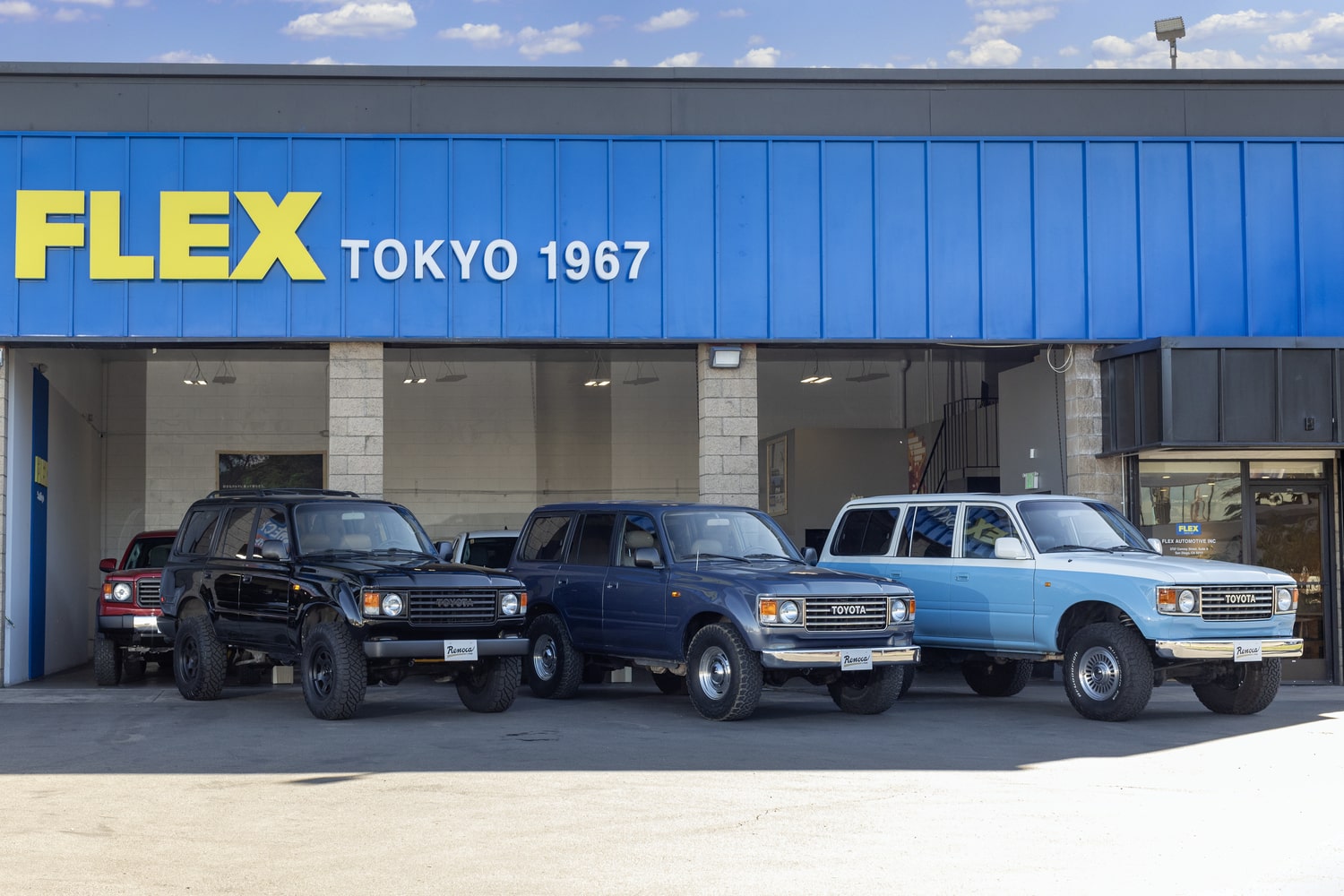
Where to Buy JDM Cars
When you’re ready to buy a JDM car, the next question is how and where to find one. Here are several ways to acquire a JDM car:
If the Car You Want Is in Japan
If the JDM car you desire is in Japan, consider contacting shops or dealerships specializing in JDM cars. They can provide valuable information on pricing, costs, and maintenance issues, giving you confidence in your purchase.
For a convenient search, explore online auctions such as eBay or platforms like Craigslist. Many JDM cars and parts are listed there. However, remember that not all sellers may have expertise in JDM cars, and additional costs may arise afterward.
For a car with a well-documented history, major auction companies are recommended. While these vehicles may come at a higher price, you can expect better quality and peace of mind.
You can also consider buying directly from individuals who are not involved in auctions or dealerships. Some JDM cars have online and offline communities, making it possible to find owners willing to sell their vehicles. Remember that while these cars are often well-cared for by passionate owners, there’s also a risk involved.
If the Car You Want Isn’t in Japan
Importing a JDM car from Japan adds an extra layer of complexity compared to finding one within Japan. While searching for vehicles based on Japanese information using the internet, you may need to navigate transportation and customs clearance procedures, which can be challenging even for experienced importers.
Some vendors specialize in handling this process. They can assist in searching for vehicles in Japan and handling transportation and customs procedures. While there are associated costs, this approach can save you time and streamline the process.
Final Thoughts
JDM cars offer a unique driving experience compared to modern vehicles. While they may lack advanced safety features like automatic brakes and collision avoidance systems, they possess their own appeal. From distinctive designs to impressive driving performance and one-of-a-kind technologies, JDM cars stand out.
These cars have also played pivotal roles in movies and have been at the forefront of the drifting phenomenon. Alongside Japanese subcultures like manga and anime, JDM cars have cultivated enthusiastic fan communities worldwide.
In Japan, JDM cars that have reached the 25-year mark since production are becoming increasingly sought after.As new JDM models are virtually nonexistent, their market presence is diminishing.
If you’ve ever desired a JDM car, now is the time to act before they become even scarcer. Whether you use it as your daily driver or simply admire it in your driveway, a JDM car can be an integral part of your driving excitement. Take advantage of opportunities to own a JDM car while they’re still available.
What can FLEX do for you?
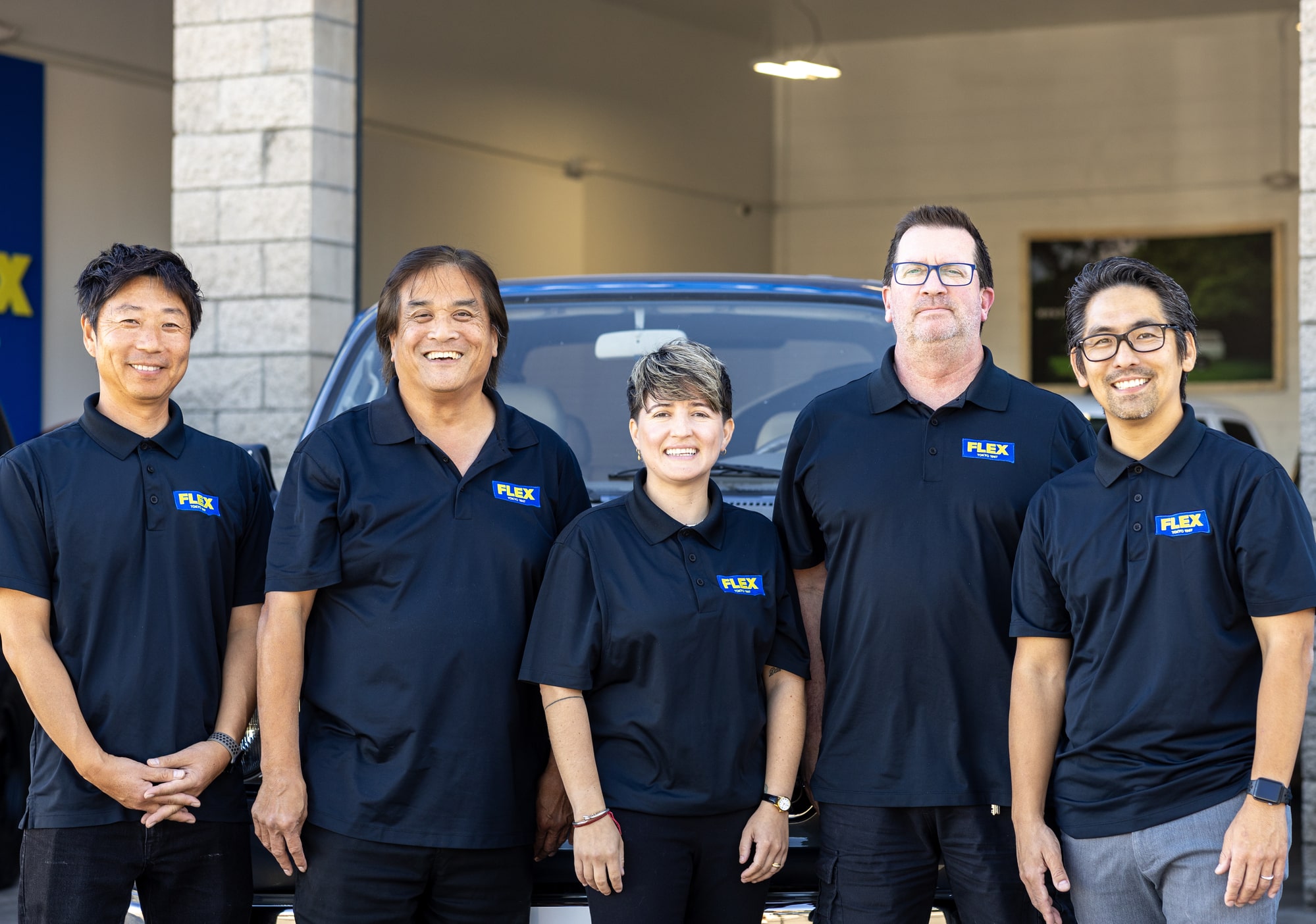
With 17 locations in Japan, FLEX dominates the pre-owned Land Cruiser market. We’re more than happy to help you with importing a JDM from Japan to meet your request for a customized Land Cruiser.
If you have any questions, please feel free to contact us!
Looking for a JDM of your dream?
Specialists at FLEX will assist you to acquire your dream vehicles!



